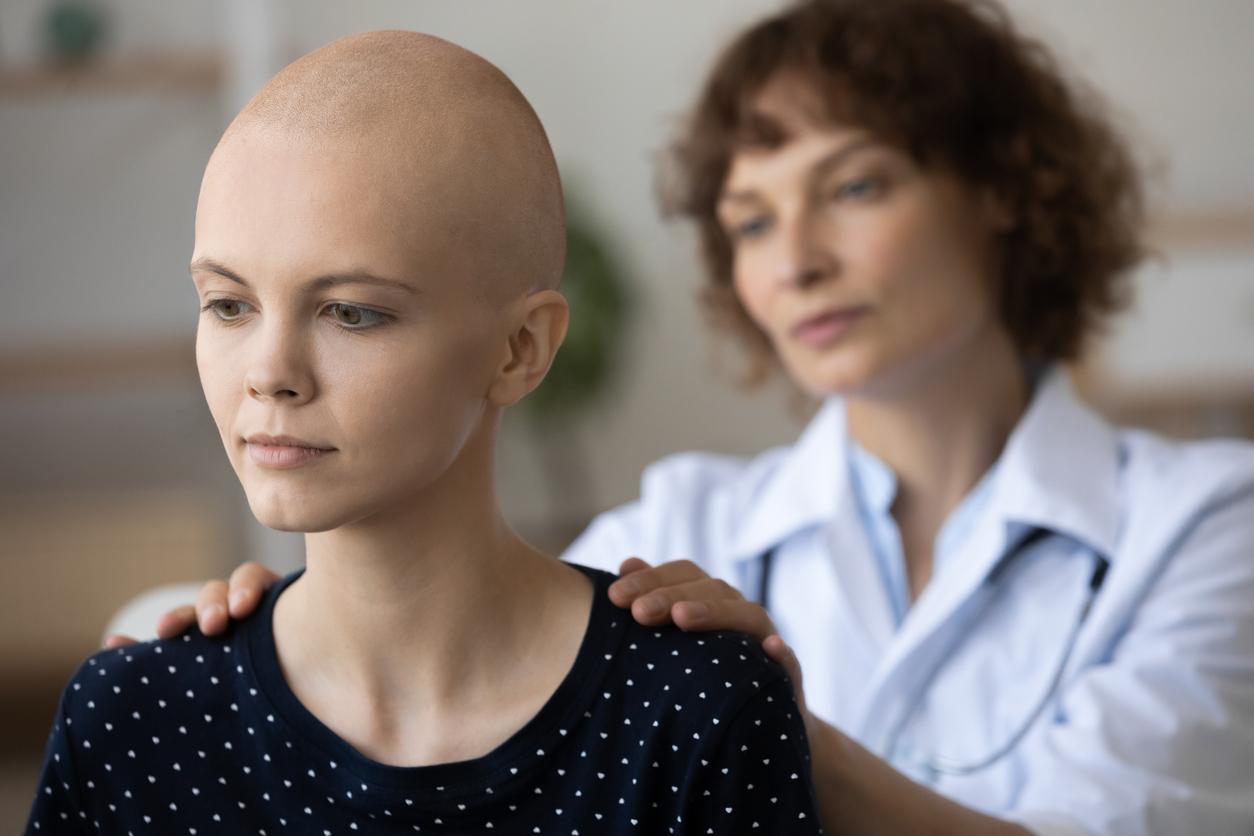Researchers have discovered why very old people have a lower risk of developing cancer compared to others.

- The risk of cancer decreases in very old people.
- The explanation would come from a phenomenon highlighted by a new study: aging cells contain more iron, but function as if they did not have enough. This slows down cell regeneration, and therefore tumor development.
- This study also shows that patients may respond differently to treatments depending on their age.
If age is a significant risk factor for many cancers, health professionals note that after the age of 80, the incidence rate begins to decrease again.
Researchers from Memorial Sloan Kettering Cancer Center (MSK) shed light on this phenomenon and the mechanisms at play. Their study was published in the journal NatureDecember 4, 2024.
Cancer: as we age, cells act as if they no longer have iron
To understand the decline in cancer incidence in old age, researchers observed mice genetically modified to develop lung adenocarcinoma. It is a type of lung cancer responsible for almost 7% of all cancer deaths worldwide.
The team noticed that as rodents age, they make more of a protein called NUPR1. However, a high level of the latter causes the cells of the lungs to function as if they were deficient in iron.
“Aging cells actually have more iron, but for reasons we don’t yet fully understand, they function as if they don’t have enough”explains the first author of the study, Xueqian Dr. Zhuang.
If the origin of the phenomenon remains mysterious, cells which act as if they were iron deficient lose part of their ability to regenerate. “And because this regenerative capacity is directly linked to the rise of cancer, the older mice developed far fewer tumors than their younger counterparts”specify the authors in their press release.
The lung cells of aged mice regained their ability to regenerate when they were given iron supplements or by reducing the amount of NUPR1 in their cells.
“Our experiments in mice have shown that administering iron can help the lungs regenerate, and we have very good ways of delivering drugs directly to the lungs, such as asthma inhalers“, indicates the main author Tuomas Tammela. However, he recognizes that one should be careful with this type of treatment. Indeed, restoring the capacity of lung cells to regenerate thanks to an iron intake, risks increasing the risk of developing cancer, the study showed.
“This type of approach may therefore not be suitable for people who are at high risk of developing cancer”he adds.

Cancer treatment: attention must be paid to the age of patients
Faced with these results, the researchers note that therapies based on a type of cell death called ferroptosis may not be suitable for older patients. Indeed, free intracellular iron is at the center of this treatment. So older cells – which function as if they don’t have enough iron – are likely to be much more resistant to ferroptosis than younger ones. This suggests to researchers that treatments linked to ferroptosis may not be as effective in elderly patients, and that we must therefore be vigilant regarding the age of the patients.
“For us, this says that since cell biology changes with aging, drug sensitivity also changes. So doctors might need to be really careful in clinical trials, for example, to look at the effects on patients older and youngerspecifies Dr. Zhuang.
“What our data suggests in terms of cancer prevention is that events that happen when we are young are probably much more dangerous than events that happen later. So stopping young people from smoking, tanning or other obvious carcinogenic exposures is probably even more important than we thought.”adds Dr Tammela.

















